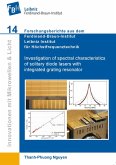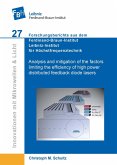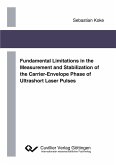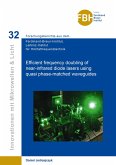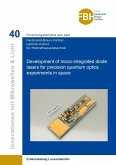Picosecond laser pulses find diverse applications for example in material processing as well as in analysis and sensing. Fluorescence lifetime spectroscopy in particular requires pulses with variable repetition rate and moderate pulse energy. While suitable pulses in the red and blue spectral range can be provided by gain-switched laser diodes, the generation of green laser pulses requires a more elaborate setup based on second harmonic generation. The starting point is a gain-switched infrared distributed-feedback laser diode. The optimization of the laser design and the operating conditions allows to generate spectrally narrow picosecond pulses with a peak power above 1 W. Different gain media are compared for further amplification of these pulses, and options for the miniaturization of the master-oscillator power-amplifier system are explored. The resulting intense infrared pulses are then used for second harmonic generation of green picoseconds pulses. Their peak power of above 5 W exceeds all previous green pulse sources with variable repetition rate. In terms of pulse energy and background suppression, the reported green pulses are thus ideally suited for fluorescence lifetime spectroscopy



